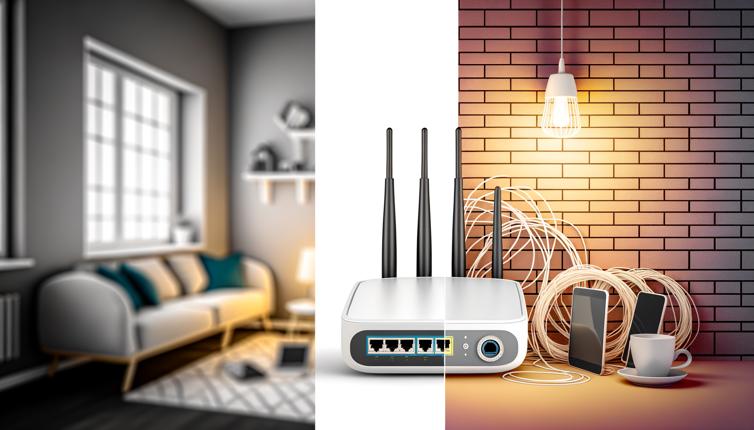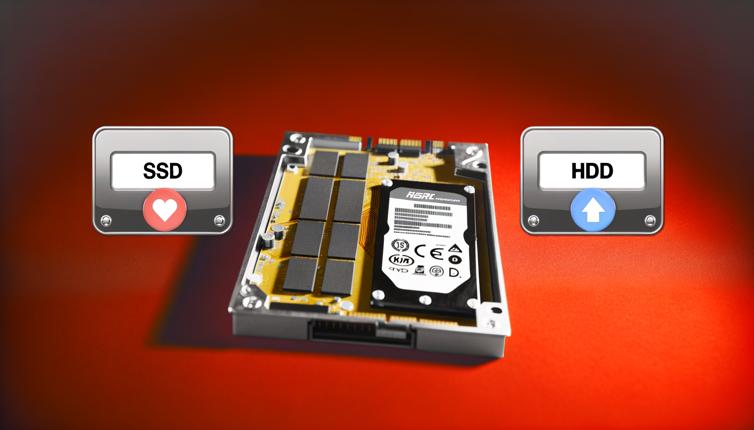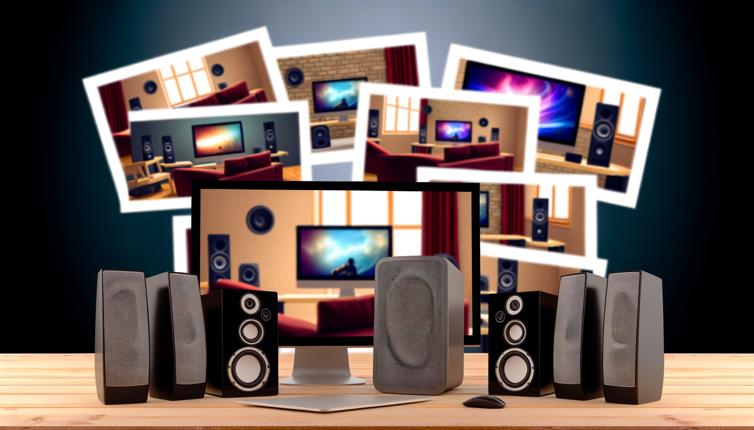Wired Connection
A wired connection, as the name suggests, uses physical cables to connect your devices to the network. This is usually done using Ethernet cables, which provide a fast and stable connection.,One of the main advantages of a wired connection is its reliability. Unlike wireless connections, which can be affected by interference from other devices or obstacles in the environment, a wired connection is not prone to such issues. This makes it ideal for activities that require a stable and uninterrupted internet connection, such as online gaming or streaming high-definition videos.,Another advantage of a wired connection is its speed. Ethernet cables can support much higher data transfer rates compared to wireless connections. This means that you can enjoy faster download and upload speeds when using a wired connection.,However, there are also some drawbacks to using a wired connection. The most obvious one is the need for physical cables, which can be inconvenient to install and manage, especially in larger homes. Additionally, devices need to be physically connected to the network using cables, which limits mobility and flexibility.,Overall, a wired connection is a great choice if you prioritize reliability and speed over convenience and mobility. It provides a stable and fast internet connection, especially for activities that require a high-performance network.
Wireless Connection
A wireless connection, on the other hand, uses radio waves to transmit data between devices and the network. This eliminates the need for physical cables and allows for greater mobility and flexibility.,One of the main advantages of a wireless connection is its convenience. With a wireless network, you can connect multiple devices to the internet without the need for cables. This allows you to move around your home and connect to the network from any location within the wireless range.,Another advantage of a wireless connection is its ease of use. Setting up a wireless network is relatively simple, and most modern devices are already equipped with built-in wireless capabilities. This makes it easier to connect new devices to the network without the need for additional cables.,However, there are also some drawbacks to using a wireless connection. One of the main issues is its susceptibility to interference. Wireless signals can be affected by obstacles such as walls or other electronic devices, which can result in a weaker and less reliable connection. Additionally, wireless networks tend to have slower speeds compared to wired connections, especially when multiple devices are connected at the same time.,In conclusion, a wireless connection is a convenient choice for those who prioritize mobility and ease of use. It allows for flexible connectivity without the need for physical cables, making it ideal for everyday activities. However, it may not provide the same level of reliability and speed as a wired connection, especially for high-performance tasks.
Conclusion
When deciding between a wired or wireless connection for your home network, it's important to consider your specific needs and priorities. If you require a stable and fast internet connection, especially for high-performance tasks, a wired connection is the way to go. On the other hand, if mobility and convenience are more important to you, a wireless connection offers flexibility and ease of use. Ultimately, the choice will depend on your individual circumstances and preferences.









